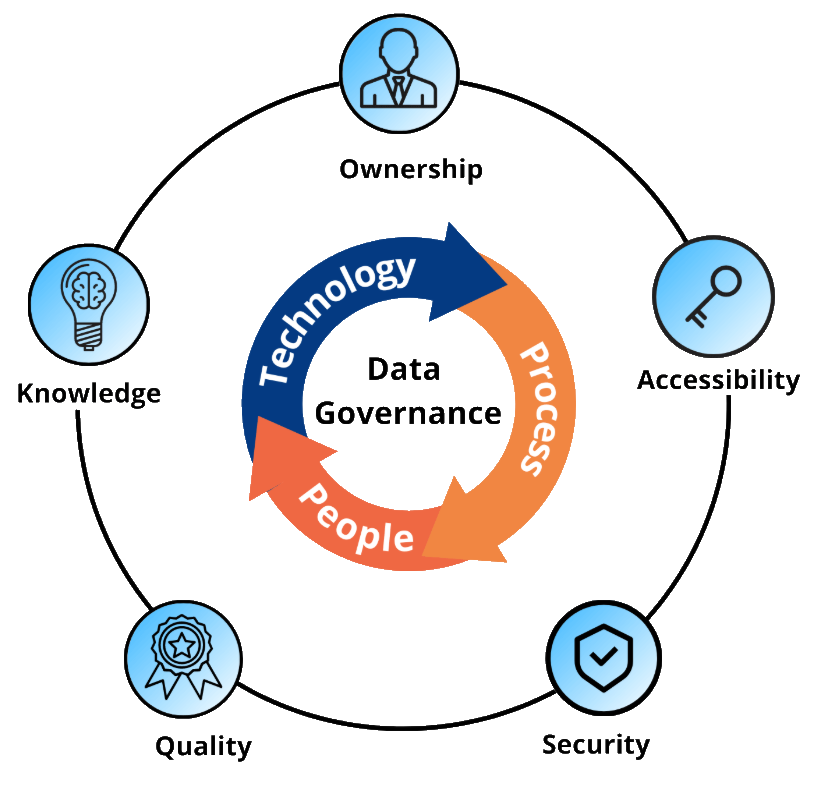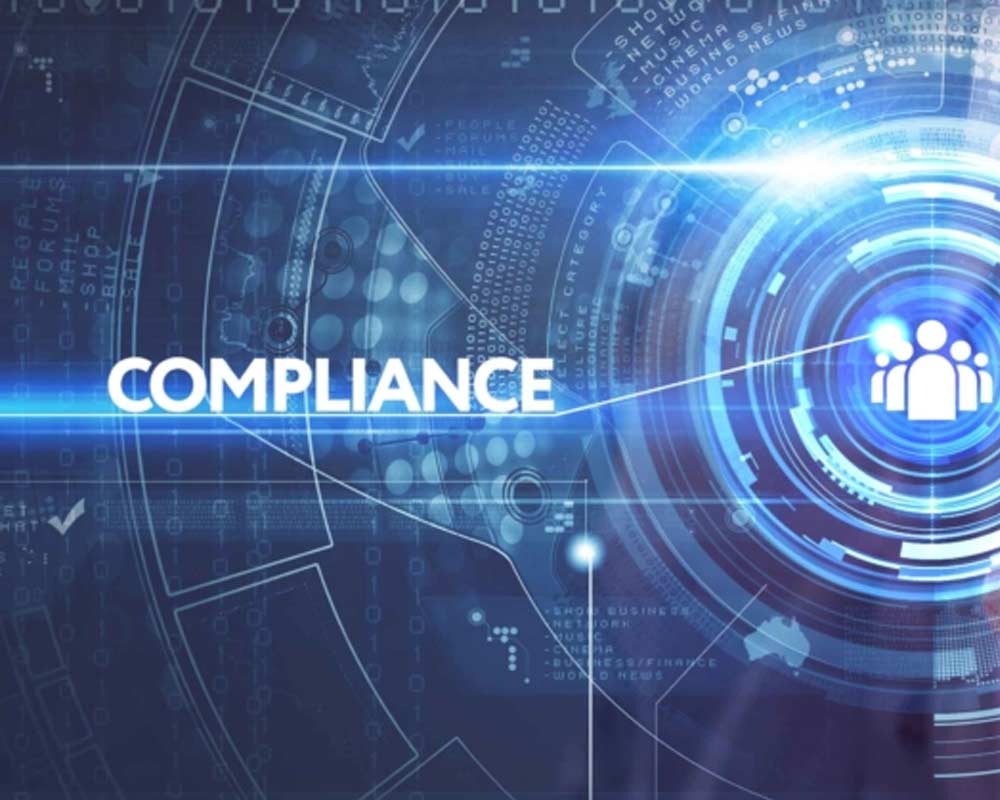


Data governance is the system of internal policies that organizations use to manage, access, and secure enterprise data. While systems may vary in complexity from organization to organization, they always have some common features: internal processes, policies, defined roles, metrics, and compliance standards. The goal of the system is to help people efficiently and securely use the vast amounts of data generated by today’s enterprises.
The importance of data security cannot be overstated. To that end, well-designed data governance accounts for not only data protection but also management of sensitive data from intake to disposal.
Companies are increasingly developing, using, and adopting technology solutions to streamline business operations and deliver increased value to customers. This digital transformation generates increased volumes of data (from sources like internal processes and external metrics) and breaks down information silos within organizations. So how can organizations keep it all organized?
The answer is data governance. Secure data governance keeps data organized and consistent, defines who can and cannot access data, and helps organizations handle data—especially customer data— in compliance with relevant standards and regulations.
Well-designed data governance fits an organization’s needs—the data capacity, the permissions, the compliance requirements—both in the present and in the future. The most successful systems are designed to grow as an organization changes.
Our Well-designed data governance models provide organizations with a variety of benefits:
|
|
A single source of truthConsistent data increases opportunities for internal flexibility when all decision-makers have access to the same information. |
|
Improved data qualityOrganizations make better informed decisions when their data is safe to use, complete, and consistent. |
|
|
Improved data managementOrganizations can address needs quickly and consistently with a data code of conduct and best practices. |
|
Faster, more consistent complianceA data governance strategy can be built with compliance considerations at every stage to help organizations with correct data handling and disposal. |
|
|
Reduced costs and increased valueConsistent data facilitates operational effectiveness, future audits, and efficiency allocation of time and resources. |

As emerging technologies and evolving regulations reshape the digital landscape, today’s organizations must navigate a complex array of regional, industry-specific, and cybersecurity mandates. My IT Team's Compliance Lifecycle Services are purpose-built to support this need, offering trusted advisory services that guide your organization through every phase of its compliance journey.
IT compliance services help businesses ensure their technology infrastructure meets regulatory standards. These services include:
These services are essential for managing risks and ensuring adherence to industry standards.

Navigate compliance with confidence. Our proven methodologies and structured engagements bring together the right expertise, processes, and domain knowledge needed to achieve and sustain ongoing regulatory compliance.
Assess people, processes, facilities, and technologies
Identify and address gaps with precision and efficiency
Implement managed MY IT Team security services
Conduct testing against implemented solutions
Mature, optimize, and maintain security posture
Depending on your line of business, your organization may be subject to one or more compliance requirements. My IT Team can work with, or function as, your CCO to make certain that you are and remain compliant
Our compliance experts can assist with standard compliance certifications:

Not sure where to begin? My IT Team readiness offerings complement our Compliance Lifecycle Services, providing customers with a starting point to uncover gaps, validate assumptions, and accelerate your compliance journey:
Gap AssessmentEvaluate current compliance and security postures and identify necessary actions required to become audit ready. |
Cybersecurity Insurance ReadinessReview cybersecurity management programs against insurer expectations to secure optimal coverage and rates. |
|
|
|
||
Disaster Recovery Tabletop ExercisesTest your Disaster Recovery (DR) strategy to mitigate operational blind spots and enhance decision-making. |
Incident Response Tabletop ExercisesSimulate high-impact cyber events to validate response capabilities and improve threat containment. |
